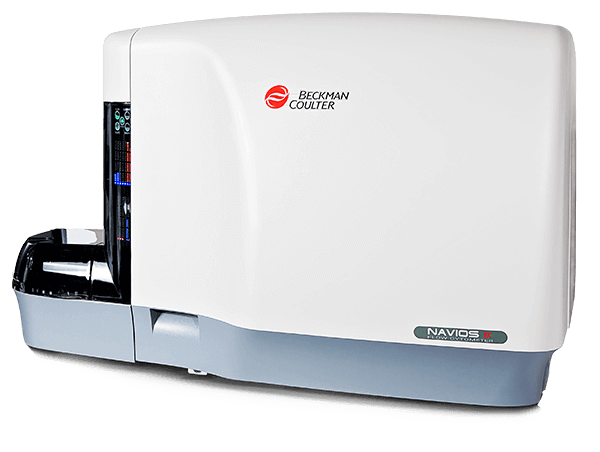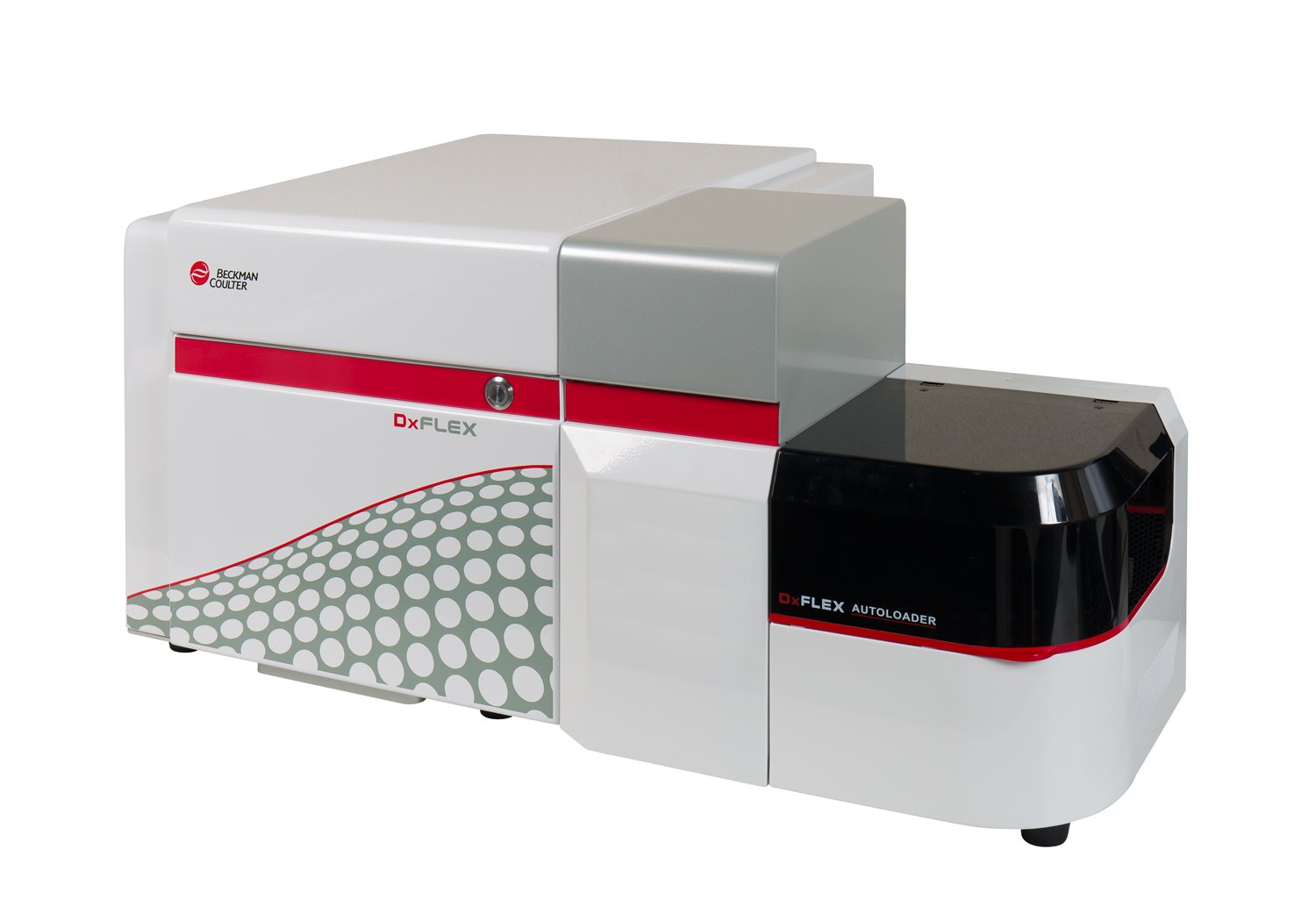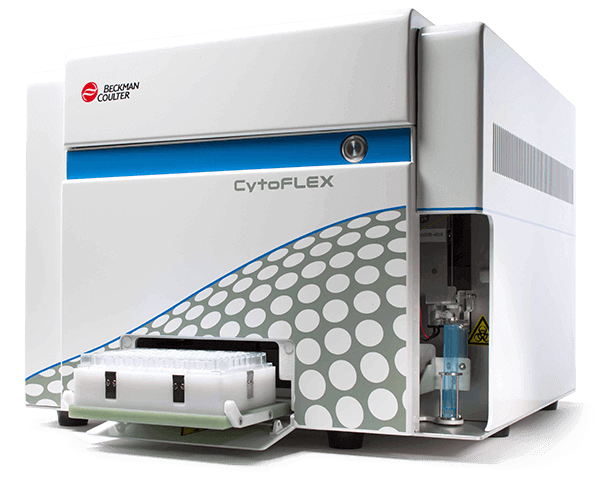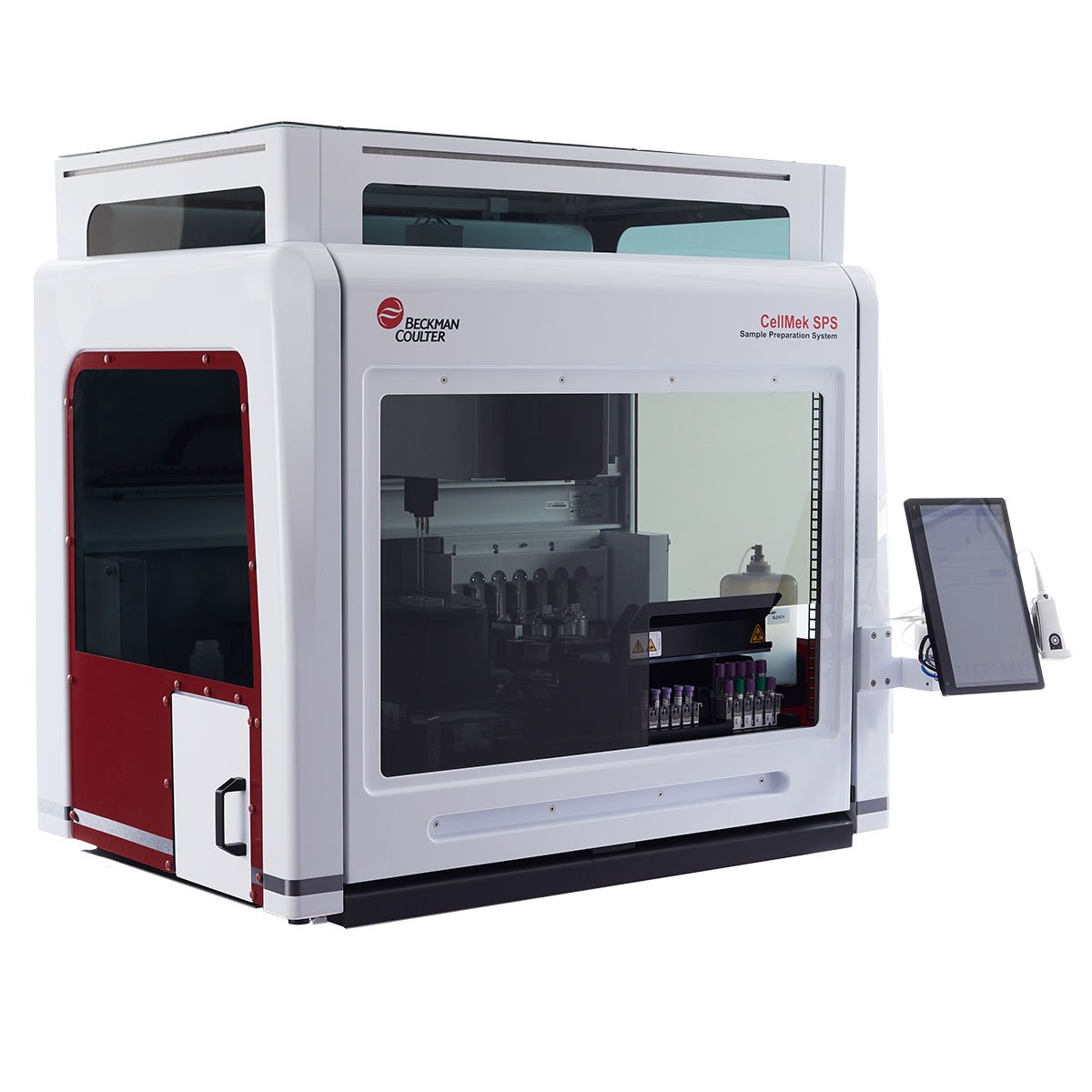IgD Antibodies
IgD, a member of the immunoglobulin (Ig) family, is expressed in naïve B cells. It exists in a transmembrane and a soluble form. IgD is, together with IgM, the first antibody isotypes expressed during B cell ontogeny. Bone marrow B cell precursors acquire surface IgM after assembling heavy (H) and light (L) chain variable region exons from prototypic variable (V), diversity (D) and joining (J) gene segments through an antigen-independent process. After leaving the bone marrow to colonize secondary lymphoid organs, B cells acquire surface IgD of the same specificity as surface IgM through alternative splicing of a pre‑messenger RNA comprising V(D)J and both heavy chain constant μ (Cμ) and Cδ exons.
| Clone: IA6-2 | Isotype: IgG2a Mouse |
| The IA6-2 monoclonal antibody binds specifically to the heavy chain of human IgD. | |






